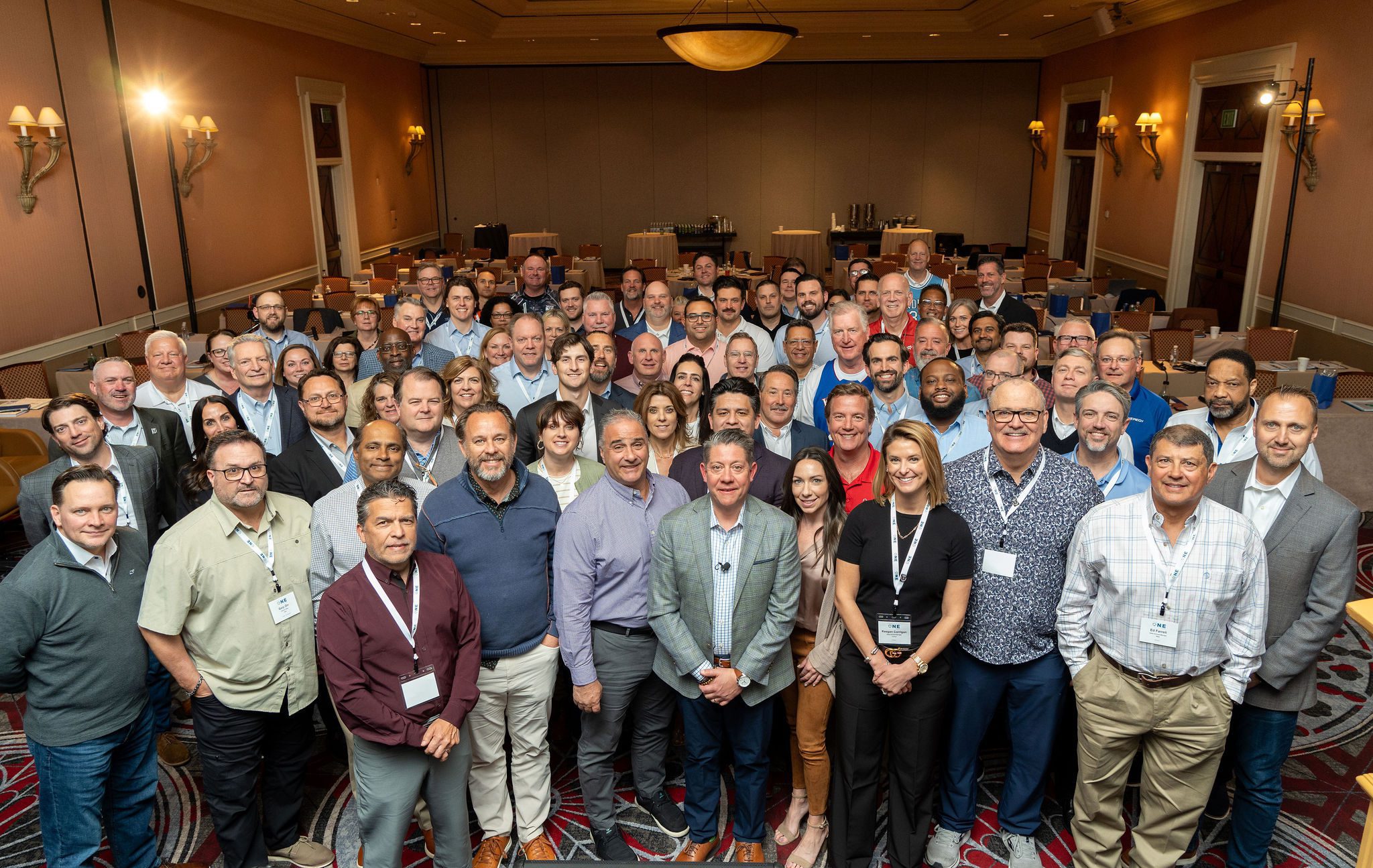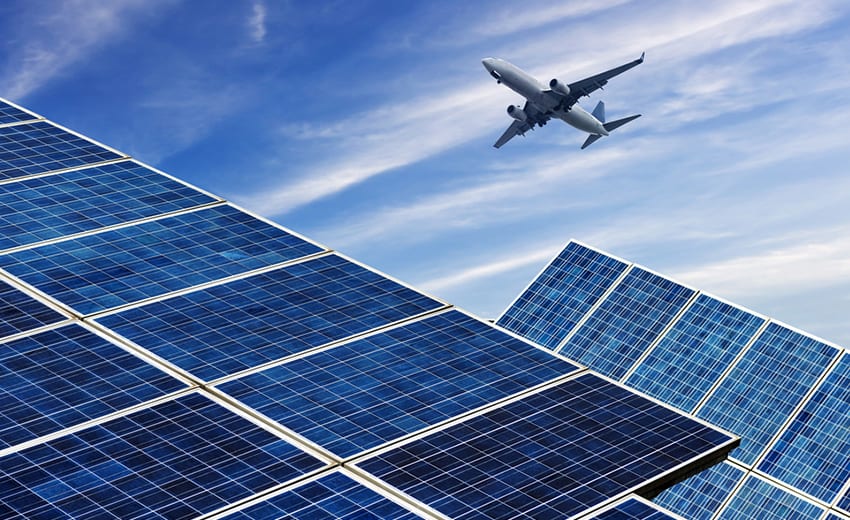SOLUTIONS
Distributed & Renewable Energy
SOLAR & BATTERY STORAGE
ADVANCED, ENVIRONMENTALLY FRIENDLY SYSTEMS BUILT AND MAINTAINED FOR EFFICIENCY
Advances in manufacturing and installation make solar photovoltaic systems a cost-effective way to reduce utility bills and commit to sustainability. Veregy has the in-house expertise to engineer, design, install, monitor, and maintain these systems, including battery storage.
Our approach maximizes lower monthly utility costs by reducing the amount of electricity clients must buy from the local electric company or cooperative. Solar installations can also help lock in lower utility rates and protect against rate hikes from traditional grid-supplied electricity.
SOLAR BENEFITS
- Systems pay for themselves over time
- Allows you to produce your own energy allowing operators to offset demand and peak rates
- Insulate against energy price increases
- Reduce long term operating costs
- There are often tax incentives to further offset costs
- Clear energy source that furthers sustainability goals
- High reliability and low maintenance costs
VEREGY SOLAR PROJECTS
Lake Land College
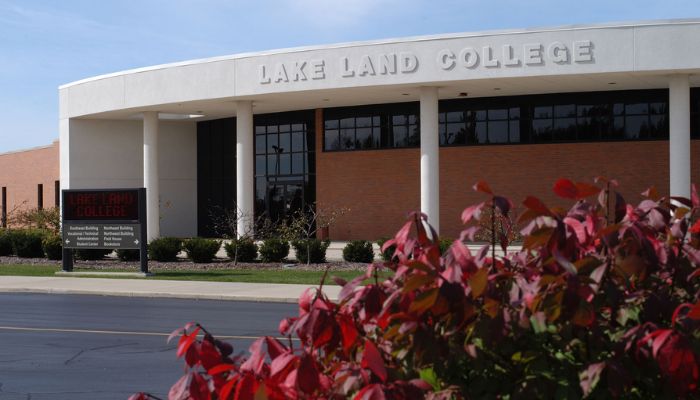
Lake Land College developed a long-range infrastructure master plan to address deferred maintenance problems utilizing energy efficiency solutions and renewable energy strategies to reduce the college’s carbon footprint and environmental impact. These goals have been achieved through energy-saving initiatives in partnership with Veregy.
MSD of Wayne Township
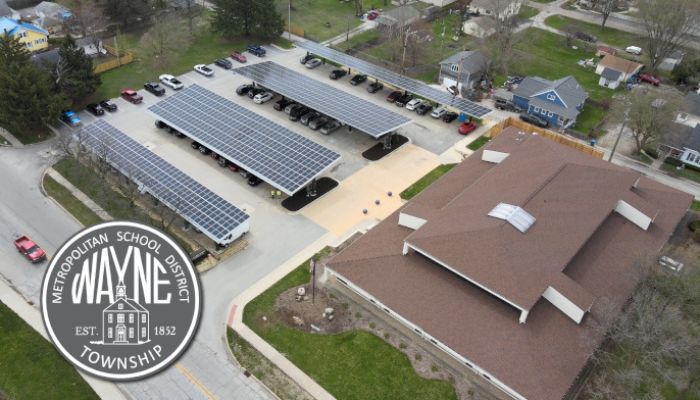
MSD of Wayne Township selected with Veregy to develop one of Indiana’s largest Guaranteed Energy Savings Projects to date. With the implementation of this $26.5 million project, MSD Wayne had three main goals: addressing aging and inefficient infrastructure, taking a hard look at the district’s energy consumption, and improving the management of energy utility rates.
Indianapolis Int'l Airport
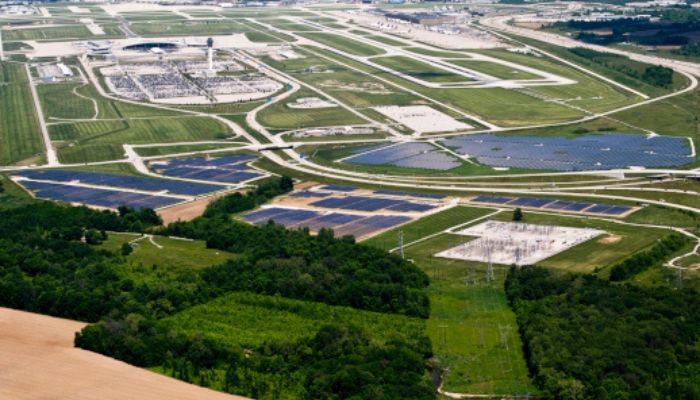
Veregy collaborated with the Indianapolis Airport Authority (IAA) to create a system that produces energy while reducing costs and eliminating excess charges for peak demand. This energy project included 25 MW of ground-mounted solar and a facilities maintenance contract.
Monroe County
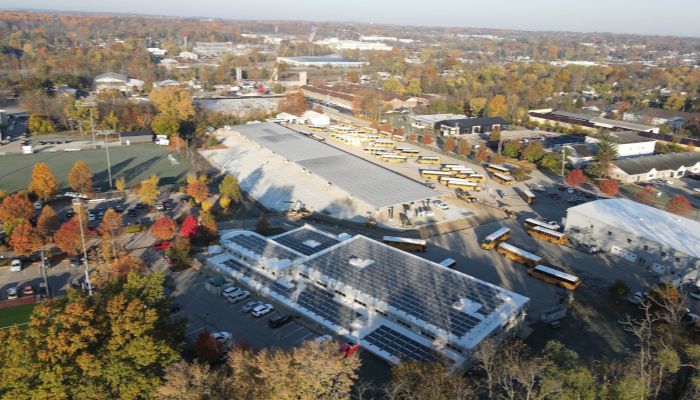
Lake Land College developed a long-range infrastructure master plan to address deferred maintenance problems utilizing energy efficiency solutions and renewable energy strategies to reduce the college’s carbon footprint and environmental impact. These goals have been achieved through energy-saving initiatives in partnership with Veregy.
Saint Meinrad Archabbey

Veregy collaborated with St. Meinrad Archabbey to design and install a 1.2MW solar array, along with facility-wide lighting fixtures. Just recently, Phase 2 was implemented which included a geothermal central plant and more ground mounted solar. This project will work towards developing energy measures that will decrease energy usage, produce sustainable energy, reduce utility costs, and provide substantial benefits to the campus and the community.
RENEWABLE ENERGY PARTNERSHIPS


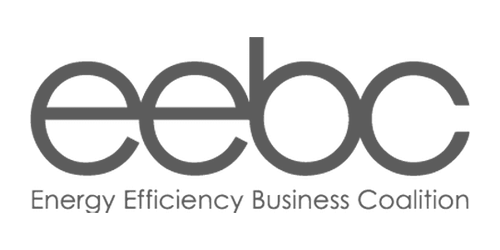
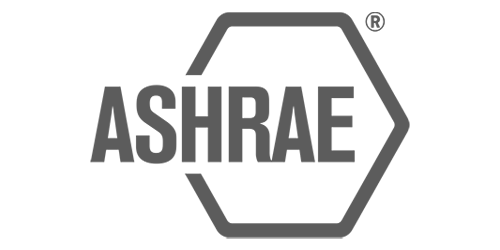
MICROGRIDS
The traditional grid connects central power sources to homes, businesses, and other facilities, enabling people to use HVAC systems, electronics, appliances, and anything that “plugs in.” It powers most of our modern conveniences.
A microgrid – local energy grid that can disconnect from the traditional grid and run autonomously – solves the problem. It can operate while connected to the grid, but can also run on its own using local energy generation during storms, power outages, or emergencies. It can run on distributed generators, batteries, and/or renewable resources like solar panels.
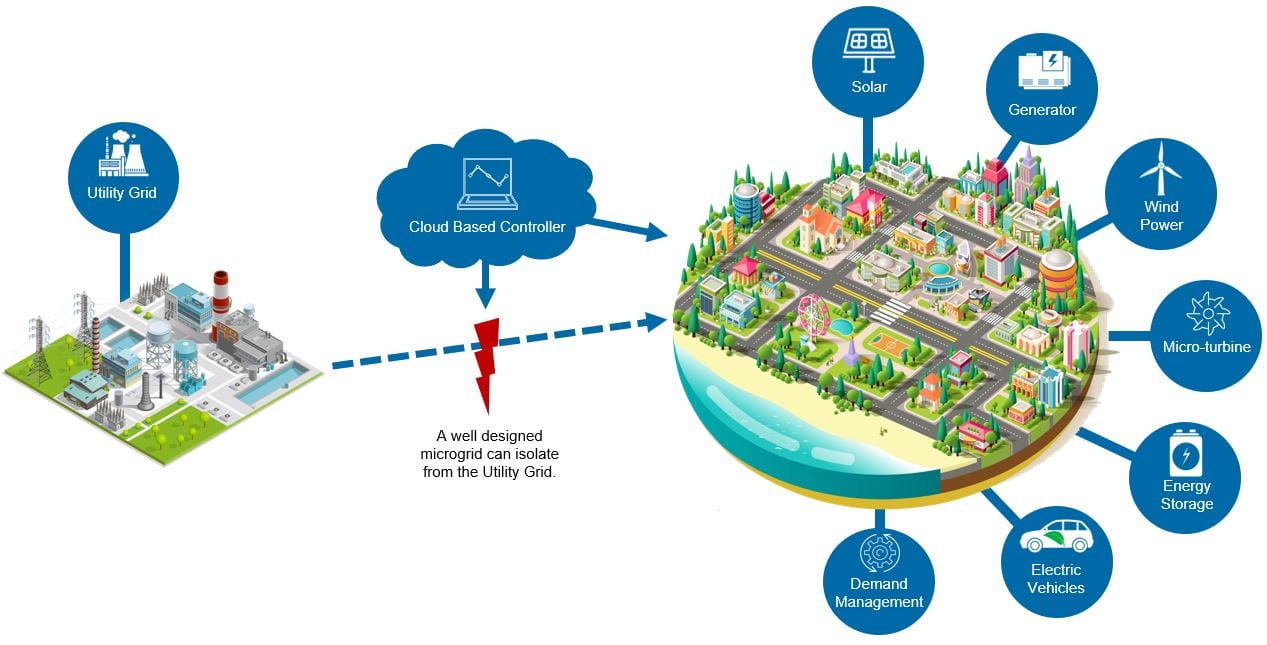
Geothermal
Geothermal or Ground Source Heat Pump (GSHP) systems are high-efficiency, renewable energy technology becoming more common in facilities that need space conditioning. They are a long-term strategy for heating and air conditioning buildings, creating quality environments with low operating costs. The systems are easy to maintain and have a long life.
Geothermal heat pumps use the naturally existing ground heat energy for space heating, space cooling, and hot water heating. The technology takes advantage of the earth’s natural insulative properties. Below the ground’s surface, temperatures remain relatively constant throughout the year. Underground is warmer than the air above it during winter and cooler in the summer. A geothermal heat pump transfers heat stored in the earth into a building during the winter and transfers it out of the building and back into the ground in summer.

